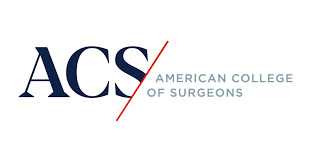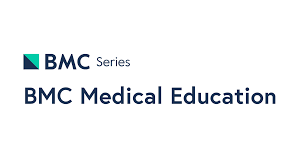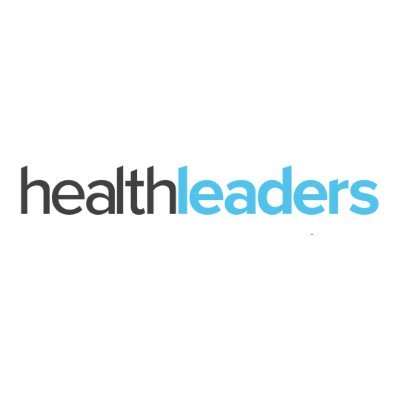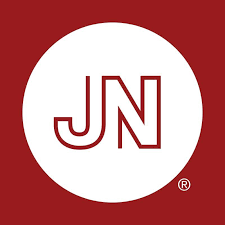 Safety/Quality
Safety/Quality
Cuts to NIOSH, OSHA threaten decades of worker-safety progress

Editor's Note The dismantling of the National Institute for Occupational Safety and Health (NIOSH) jeopardizes worker safety nationwide and risks reversing decades of progress, New England Journal of Medicine October 4 reports. In April, sweeping federal workforce reductions eliminated more than 80% of NIOSH staff, closing laboratories and freezing core…
No BLS report: Government shutdown stalls key jobs report amid signs of labor market weakness

Editor's Note The government shutdown has halted operations at the Bureau of Labor Statistics (BLS), delaying the release of crucial economic data at a time when job growth is already faltering, Newsweek October 1 reports. The BLS confirmed it will suspend all data collection and reporting during the shutdown, including…
Surgeons rethink aggressive care as xylazine wounds mimic necrotizing fasciitis but rarely require urgent radical excision

Editor's Note Surgeons across multiple disciplines are confronting a distinct wound pattern tied to xylazine-contaminated opioids and adapting management to avoid unnecessary amputations, the American College of Surgeons October 1 reports. These wounds can resemble necrotizing soft tissue infection at first glance, yet the clinical picture and trajectory differ, calling…
New NIH-backed trial targets advance care planning for older surgical patients

Editor's Note Fewer than one in ten older adults undergoing major elective surgery complete advance care planning (ACP), but a new multisite randomized trial aims to change that. According to a September 23 article published by BMJ Open, the study design for the I CAN DO Surgical ACP trial has…
Study: Surgical preference cards reduce anxiety, boost competence in nursing students

Editor's Note Training with surgical preference cards significantly lowers anxiety and strengthens clinical competence among OR nursing students, according to a randomized controlled trial published in BMC Medical Education on October 2. The study enrolled 60 OR nursing students in Iran between 2023 and 2024. Students were randomly assigned to…
AORN: Periop patient ambassadors transform communication, outcomes in surgical care

Editor's Note Hospitals adopting perioperative patient ambassadors are seeing major gains in surgical communication, patient trust, and satisfaction, AORN August 18 reports. An EIN Presswire release on September 30 also highlights AORN’s call for hospitals to formalize the patient ambassador role as part of the surgical team. AORN notes that…
Government shutdown squeezes military medicine, halts NIH research, cuts CDC operations

Editor's Note Following yesterday’s update on the impact of the federal government shutdown on telehealth and Affordable Care Act disruptions, the shutdown is also straining military health systems, biomedical research, and disease prevention programs, creating ripple effects for patient care and surgical innovation, Politico October 1 reports. While Medicare, Medicaid,…
AI is transforming nursing practice but demands stronger ethics, training

Editor's Note Artificial intelligence (AI) is rapidly reshaping nursing informatics and clinical practice, improving patient monitoring, care planning, and workflow efficiency, yet both opportunities and risks are mounting. According to March 2025 reviews published in International Nursing Review and in Frontiers in Digital Health, AI integration promises significant gains in…
Government shutdown stalls healthcare access, freezes Medicare telehealth, hospital-at-home services

Editor's Note A federal shutdown has halted critical healthcare programs, disrupted Medicare telehealth and hospital-at-home coverage, and escalated partisan conflict over the Affordable Care Act (ACA) and Medicaid, multiple outlets report, including HealthLeaders October 1 and KFF Health News. The budget impasse reportedly is leaving both patients and providers in…
Higher MAP targets in acute spinal cord injury show no neurologic benefit, more complications

Editor's Note Early blood pressure augmentation did not improve neurologic outcomes and was linked to more complications, according to a JAMA Network study published on September 18. In this multicenter randomized clinical trial at 13 US trauma centers, 92 adults with acute cervical or thoracic spinal cord injury were assigned…

 Free Daily News
Free Daily News